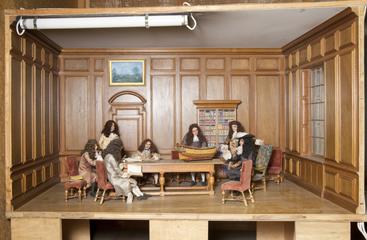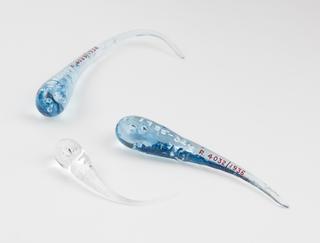
Rupert 1619 - 1682
- occupation:
- Artist, Inventor, Naval commander, Prince
- Nationality:
- German
- born in:
- Prague, Stredoceský, Czech Republic
Active in England; commander of the Royalist cavalry during the English Civil War; after the Battle of Naseby he was banished from the British Isles; after Restoration (1660) - Rupert returned to England, becoming a naval commander, inventor, artist, and first Governor of the Hudson's Bay Company.
1636 - arrived in England following an invitation from Charles I. 1637 - showed his mettle as a soldier at the Siege of Breda. 1639–41 - was held prisoner in the castle at Linz, Austria. 1642 - returned to England where the Order of the Garter was conferred on him, and he was immediately commissioned by King Charles I to command the cavalry. 1645 - the king conferred on him the honorific title of master of the horse and gave him command of the guards. 1646 - disagreeing with the king's negotiations with the Scottish covenanters, he sailed to France. 1648 - joined the Prince of Wales (Charles II) in the Naval war, 1648–1653. 1649 - sailed with eight ships to Kinsale, intent chiefly on commerce raiding. 1658 - experimented with the new process of mezzotint engraving. 1662 - following the Restoration, he became a privy councillor, and the following year a governor of the mines royal. 1664 - was made, along with his royal cousins, an honorary founder member of the new Royal Society. 1665 - shared command of the English navy with James, duke of York, and Edward Montagu, earl of Sandwich, during the Second and Third Anglo-Dutch wars. 1670 - accepted the governorship of the Hudson's Bay Company. 1671 - granted a patent to make an improved iron cannon. 1672 - appointed first lord of the Admiralty and given command of the combined Anglo-French fleet at sea.
